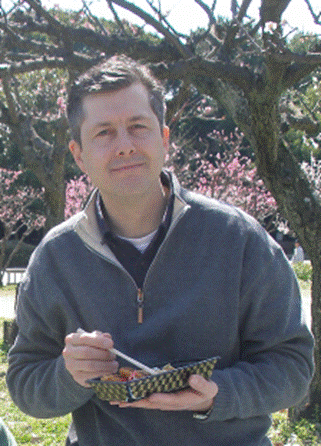At the Japan International Seafood & Technology Expo – Asia’s largest with 35,000 visitors – held at Tokyo Big Sight on 21 to 23 August, one of the most noticeable changes this year was the many booths with prominent signage indicating Aquaculture Stewardship Council (ASC) and Marine Stewardship Council (MSC) products.
The numerous logos reflect the rapid growth in the number of certifications awarded in recent years. Japan now has 61 certified aquaculture sites, most prominently for oysters and yellowtail. The country now ranks sixth in the number of certified products.
Major companies have increasingly gotten on board with certifications. Maruha Nichiro, one of the largest fishing, aquaculture, and food processing companies in the world, was featuring many ASC and MSC products. Its Japanese amberjack (kanpachi) was the 61st, and most recent, ASC certified site. Yoshida Keisuke of the company’s aquaculture unit, who worked on the certification, said the ASC amberjack will be available from next year, as it is not yet at a marketable size.
Asked whether it was easier for the company to obtain ASC than MSC certification, he said that it was not, because for the company’s MSC products they are only dealing with the Chain of Custody (CoC) certification, and are not the producer. For this ASC product, they produce it themselves in Kagoshima Prefecture, and Keisuke added that the process took several years.
The signage was also more prominent thanks to being large and uniform in design. In previous years, each booth displayed the logos according to their own designs. This year however, similar large standing placards were placed at each participating booth, creating a stronger visual impression. This was the work of Koji Yamamoto, general manager Japan for MSC/ASC, who has worked with the various companies to promote the program.
Yamamoto said that there has been a huge expansion in the program in Japan due to companies trying to meet the United Nations Sustainable Development Goals (SDG). Most companies issue a corporate social responsibility report in addition to an annual report.
“They try to tick the boxes by showing some activity for each of the SDGs,” Yamamoto said. “But SDG 14 has been difficult for them. ‘What can we do for the oceans?’ they say.”
SDG 14 “Conserve and sustainably use the oceans, seas and marine resources for sustainable development,” has a heavy focus on more sustainable seafood.
Serving MSC/ASC products in their employee cafeterias has proven to be a popular way for companies to show a commitment to SDG 14. Panasonic started the trend, but has now been followed by JXTG Nippon Oil & Energy Corporation, The Bank of Yokohama, Ltd. and Sompo Japan Nipponkoa Insurance.
This has also led suppliers to make products available in institutional pack sizes, according to Esther Luiten, Commercial Director of ASC.
“They ask their suppliers for the products and as an increasing number of species are available, it becomes easier for the canteens to source what they wish,” Luiten said.
So instead of the ASC/MSC trying to convince distributors to carry the products, the customers are pushing distributors to carry more items. Companies don’t need to acquire chain of custody (CoC) certification if they are not processing or repackaging, so it is easy for them to add it to their menus.
Convenience stores are another area that is benefitting from selling pre-packed certified products. They can have a certified processor supply packed products, and the convenience store does not have to get any certification. This is in contrast to a supermarket that may cut up or repack and must acquire the CoC certification. 7-Eleven Japan announced that it will carry MSC certified spicy cod roe and ASC certified oysters.
Shunji Murakami, COO of Tokyo-based Seafood Legacy Co, Ltd. – which tries to forge ties between business and sustainability programs – said that in years past Japanese fishermen who obtained certifications did not feel themselves to be in a strong bargaining position.
“The buyers would be interested, but would then ask, ‘How much can you lower your price?’” Murakami said.
Now, as the market value of the programs begins to be recognized in Japan, that is starting to change.







